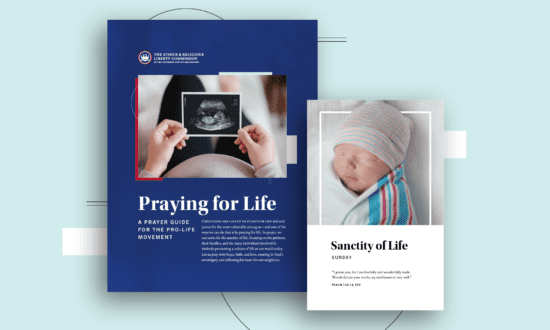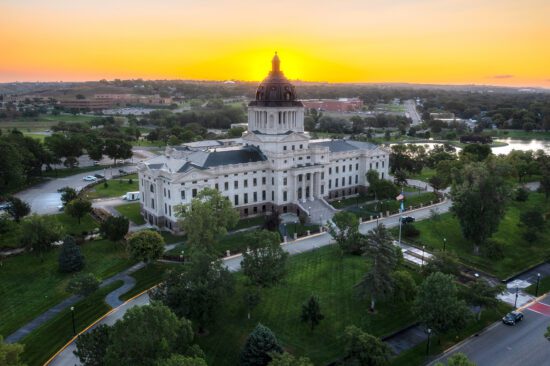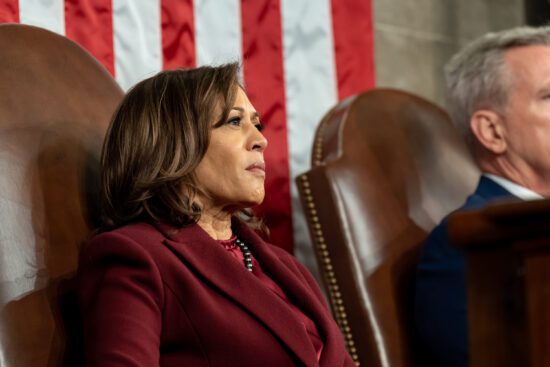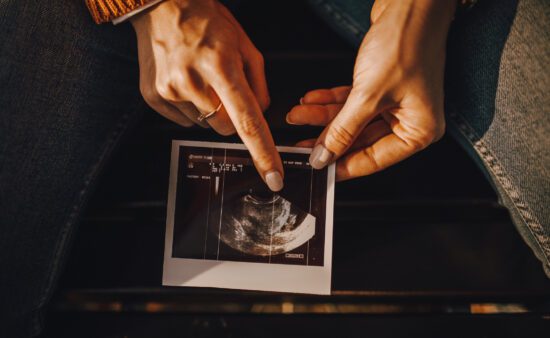The ultrasound machine has been the pro-life movement’s strongest asset in recent years. The logic follows that if you give a pregnant woman information—namely a picture of her unborn baby—she will choose life. Her maternal instinct will often overpower any other instinct to terminate her pregnancy.
But what happens when the doctor providing the abortion gets pregnant? What does the force of her maternal instinct do for her? For some, it leads them to revisit their positions, wondering how the baby growing inside them shapes their work and ideology. For others, it only strengthens their commitment to providing abortions. On both sides the impulse is the same—a mother’s instinct.
A recent New York Times opinion piece captured this struggle when an abortion doctor pondered how her pregnancy impacted her work. Before she got pregnant with her first child, she was quick to establish boundaries. In her line of work, she had to. But when she finally conceived, she found the boundary markers more fluid. Now she was carrying within her the very life she terminated in others. Prior to conceiving, she wondered how she would feel or how her patients would feel, but she quickly found solidarity with them—even rejoicing.
A mother’s instinct gone wrong
Eventually she came to the conclusion that her work as an abortion doctor was not in tension with her role as a mother. Instead they worked together—“a harmony,” she called it.
As a doctor, I can draw a distinction, a boundary, between a fetus and a baby. When I became a mother, I learned that there are no boundaries, really. The moment you become a mother, the moment another heartbeat flickers inside of you, all boundaries fall away.
Nevertheless, as mothers, we must all make choices.
Before she got pregnant, her boundaries allowed her to hold the unborn at arm’s length. Her work was with the mother, not the baby. Her work was with the woman for whom a baby wasn’t a possibility at that moment. After she got pregnant, she couldn’t detach from the baby. Motherhood humanized the baby for her, but it didn’t change her views.
“As mothers we all make choices,” she says. For her, life isn’t the issue as much as choice and autonomy, implying that a mother’s instinct is what drives women to terminate. It’s not their time. It’s not financially possible. The baby is not viable. They have a choice before them, so they make the one that sometimes feels like the only one available to them.
At first glance, the argument could prove damaging to the pro-life cause. If a doctor who is a mom herself can continue on as an abortion provider, how far does a mother’s instinct take us? If a doctor who at one time carried life inside her womb works to end the life of another, is her mother’s instinct enough? Better yet, can her instinct even be trusted?
As she says at the end of her article, “someone has to do the work.” She means, someone has to do the work of abortion, even if it means the boundary lines are blurred for her now. She means, I think, that as long as women continue to find themselves in crisis, someone will have to do the work to lift them from that crisis. It is her mother’s instinct that provides this “harmony” between her work as a doctor and her work as a mother. She has walked a mile in her patients’ shoes now, so she understands what is at stake both in carrying the baby to term and choosing to end the life. But, while she presents her work as the one caring for women in crisis, a mother’s instinct tells me that there has to be another way.
Another way forward
And this is why I am thankful for ministries like crisis pregnancy centers, and pro-life obstetricians, and the ERLC initiatives that do this work—grounded in Scripture, they provide another way forward for women. They answer the call that this doctor presents at the end of her article—someone has to do the work.
Often when we talk about abortion, we use the most shocking language possible—murder, baby-killer, death—not unlike the protestors this doctor met on a regular basis. But the abortion issue is far more nuanced than murder—though it is the taking of a life. We have repeatedly seen that women choose abortion because they feel there are no alternatives to them—and we know that in the most desperate of places (lower-income communities) abortion is far too easily accessible, to the exclusion of all other options.
If anything, the call from this doctor to continue in her work because she thinks she’s helping women should encourage those of us who value mothers and babies—from conception to the end of life—to continue in our own work, partnering with like-minded organizations to provide vulnerable women with options beyond what an abortion clinic provides them.
A mother’s instinct is strong, which is why denying it only works for so long. In many cases, the distortion of a mother’s instinct leads a woman to choose the impossible—taking the life of her own baby.
But there are other options that we, as the Church, should point mothers to, and help them achieve. Someone has to do the work of helping women—and the lives of those inside their wombs—which is why we have our work cut out for us.










